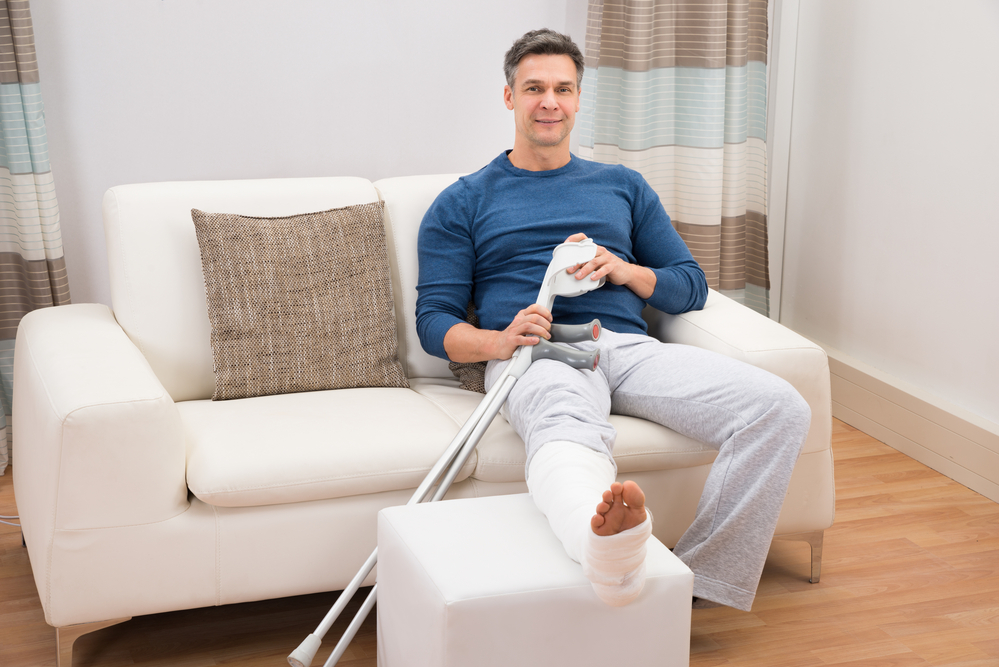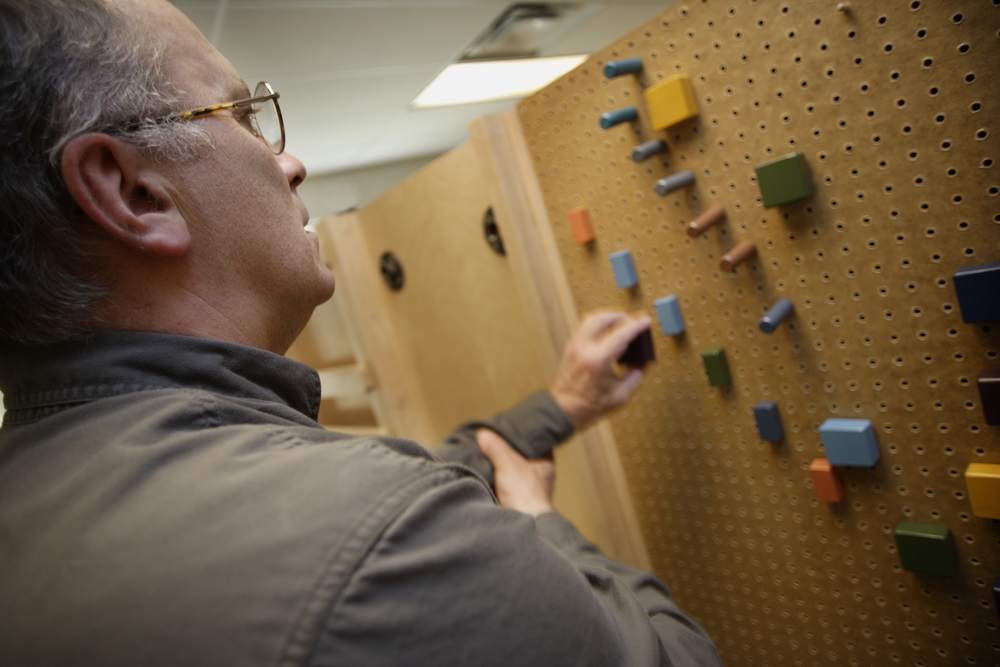
Practical Tips For Injuries
September 6, 2022
Maplewood Sauk Prairie Health and Rehabilitation Center: A Place to Call Home
November 11, 2022Occupational Therapy helps restore the person’s ability to perform daily tasks independently. Basic activities of daily living (ADL) include eating, dressing, bathing, and using the toilet, while Instrumental ADLs involve meal preparation, driving, and working to some extent. Over the years, Occupational Therapy has been proven to be one of the most beneficial treatment plans for those who sustained injury and want to regain independence in performing everyday tasks.
Listed below are the five proven benefits of occupational therapy.
Improve Range of Motion
Stroke, arthritis, or surgery can impair the functions of the joint and can limit the body’s range of motion. Occupational Therapists help patients regain their joint mobility through gentle and guided exercises.
Passive Range of motion exercises: Therapists initiate limb movement by gently lifting and lowering the arms and legs, making small joint-related movements, also called an assistive range of motion.
Active Range of motion exercises: The patient moves the arms and legs on their own while the therapist guides them and ensures their safety while performing this activity.
Reduce pain and increase muscle strength
Prolonged hospitalization or immobility reduces muscle strength and mass. Furthermore, it can result in increased pain in the muscles and joints during movement.
Occupational therapy aids in maintaining or minimizing the long-term effects of immobility due to prolonged hospital stays. With the help of occupational therapy techniques, weak joints, and painful muscles can be strengthened to reduce pain while improving the ability to perform activities of daily living with an extremity. In addition, patients are adequately educated and guided with the right ways to position the body with each movement to ensure muscle strength and joint functions are maximized.
Regain Independence

Most patients who require occupational therapy are those who may have suffered from a stroke, arthritis, or accident. These events can lead to the patient losing the ability to perform even the most simple task of walking or eating. One of the core initiatives of undergoing occupational therapy is for the patient to regain and maintain as much independence in performing daily tasks as possible.
Most patients who had occupational therapy have improved their ability to perform self-care tasks compared to patients who did not undergo rehabilitative therapy.
Find Adaptive Strategies and Equipment
Adaptive strategies are techniques or efforts to make the patient’s daily living activities easier. These strategies are geared towards energy conservation and preventing fatigue. Adaptive strategies are beneficial for patients who suffer from significant heart conditions that prevent them from exerting too much effort.
For example, wiping off the excess water from the body after bathing is necessary, but using a towel can be too exhausting for the patient. An occupational therapist can suggest energy conservation techniques such as using a Terry Cloth robe to allow air-drying after a bath or shower. An occupational therapist can also offer options to keep an individual safe in the bathroom following hip replacement or back surgery.
Occupational therapists regularly recommend adaptive equipment and assess the patient environment for modification suggestions.
Gain Meaningful Employment
Patients who suffer from physical disabilities are more prone to develop depression. One of the most common causes of depression in these patients is the inability to return to work or the loss of a job due to their condition.
Movement restrictions limit a person’s ability to perform fieldwork. In this situation, an occupational therapist can help the patients assess their physical and mental abilities and find a job that they can perform based on their limitations. After a thorough assessment, the occupational therapist will provide back-to-work coaching, including essential job skills, instructions to perform tasks without causing further injury, and advice on modifying the task.
Because the nature of the patient’s condition could change, the therapist must reassess the condition multiple times. New instructions may be instituted if the situation changes or the patient’s condition worsens.
Occupational Therapy at Maplewood Sauk Prairie
OT can help individuals in various ways, both immediately and down the road. Occupational therapy aims to treat or manage conditions and prevent complications if the service is sought as soon as possible.
Maplewood Sauk Prairie is an institution that has been caring for Sauk Prairie residents for more than 50 years now. We offer Occupational Therapy services for those who need help getting back to their routines due to physical challenges. Visit us today or call us to schedule a consultation.
References:
https://www.arthritis.org/
https://www.aota.org/


